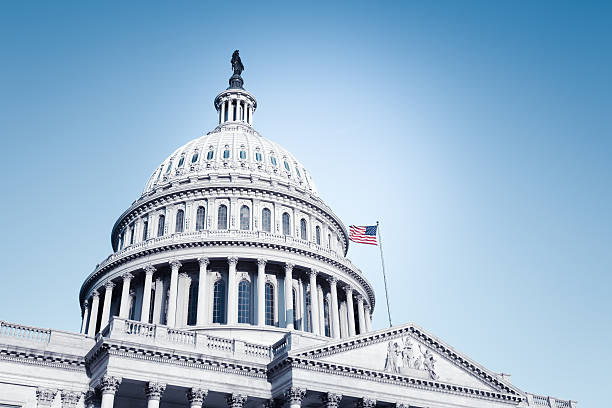With eyes on the highly contested presidential election on November 5, several congressional races could be decisive in shaping the policies of the next White House occupant. Democrats have a thin 51-49 majority in the Senate, which Republicans hope to flip. And the thin Republican majority in the House of Representatives could also flip, with all 435 seats being contested.
According to The Hill, five races will decide which party will have control of the Senate –Ohio, Montana, Michigan, Arizona and Pennsylvania. In the important swing state of Pennsylvania, the three-time incumbent Bob Casey (D) is facing Republican businessman David McCormick, who has the backing of former President Trump.
The retirement of Sen. Joe Manchin (I-W.Va.) who largely backed the Democrat White House further endangers their quest to maintain the majority.
The California’s 41st congressional district race between the incumbent Ken Calvert (R) and Will Rollins (D) is set to be crucial, if Democrats are to win the House again. Rollins lost by a margin of 5% last time, but is expected to gain the seat this time, with a lot of resources put into this and other races in California. Other races include a face-off in Michigan between Tom Barret (R) and Curits Hertel (D) as well as Mike Lawler (R) and Mondaire Jones (D) in New York 17th congressional district.
But do Americans vote differently when House elections happen in a presidential election year?
“Turnout will be higher in the presidential contest than in congressional races. However, the vast majority of the public will vote a straight ticket where they select the candidates of the same party for all offices”, Timothy Lynch, Assistant Professor of Political Science at St Thomas University in St. Paul, says.
“There are a relatively small number of ticket splitters that will help to create a small number of states that vote for a senator from one party and presidential candidate from the other,” Lynch said.
In 2016 no state had split presidential-Senate result – voters voted along party lines.. The same is true for the House that year.
“However, since there are 435 house districts up for election and only 34 Senate seats up for elections, there will be more split districts than states”, Lynch said.
This election year also includes a number of states that are set to elect governors. Delaware, Indiana, Missouri, Montana, New Hampshire, North Carolina, North Dakota, Utah, Vermont, Washington and West Virginia will all hold gubernatorial elections in 2024.
These races do not play an important role in the big race for the president, according to Lynch.
“There are relatively few governors’ contests in presidential years,” he said.
“The vast majority of states hold gubernatorial elections in midterm years. This insulates many governors’ contests from some of the influence of presidential contests, but with growing polarization and nationalization these contests are increasingly correlated.”.




